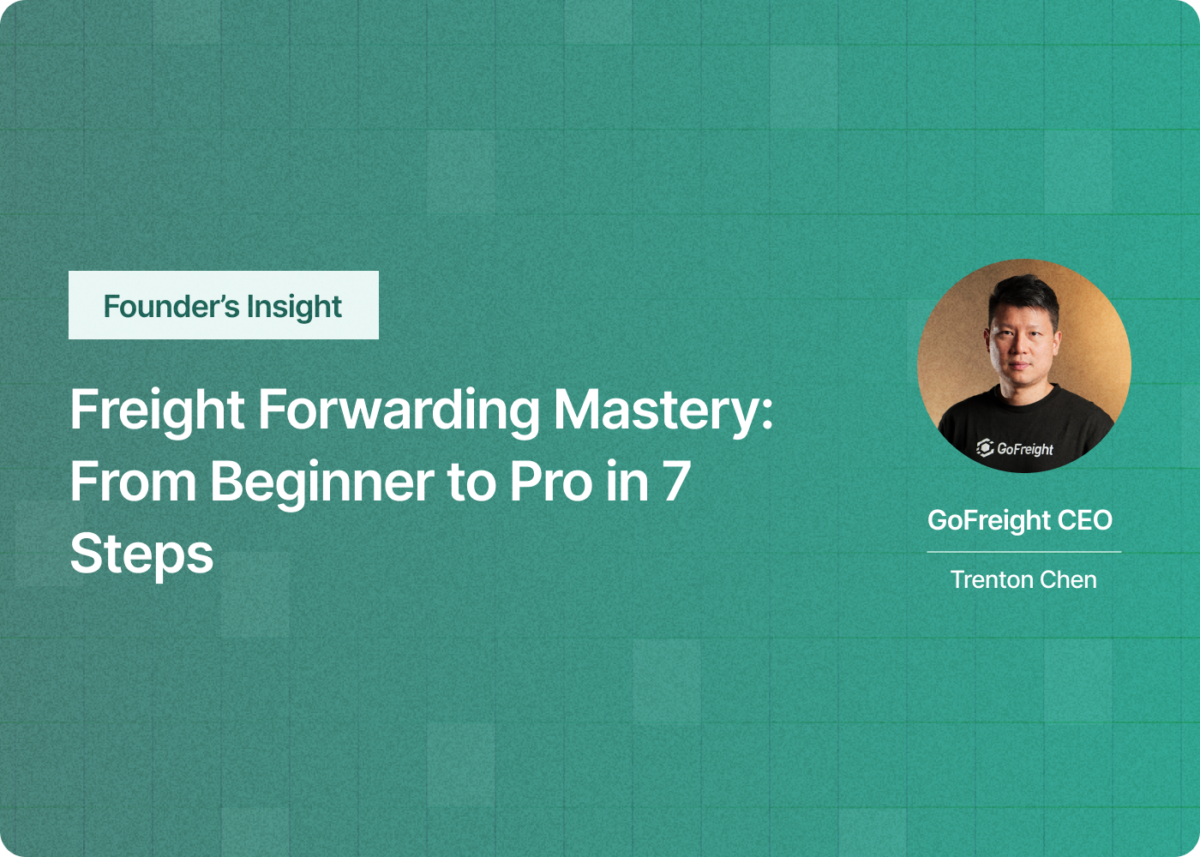Navigating the world of freight forwarding can be daunting for beginners. With complex supply chains, various regulations, and the involvement of multiple stakeholders, it’s easy to feel overwhelmed. However, with the right steps and a focused approach, you can evolve from a beginner to a pro. Here are seven crucial steps to master freight forwarding:
Step 1: Understand the Basics
Before diving deep into operations, make sure to have a firm understanding of what freight forwarding entails. This includes familiarity with essential terms like cost and freight, demurrage charges, and the roles of various logistics technology companies in the industry.
Step 2: Choose Your Niche
Freight forwarding is a broad field. Whether it’s air freight, sea freight, or land transport, choosing a niche allows you to focus your efforts and develop specialized expertise.
Step 3: Master Regulatory Compliance
Regulatory compliance is crucial in this industry. Make sure you’re well-versed in laws and regulations concerning cost and freight, customs, and potential demurrage charges.
Step 4: Partner with Reliable Stakeholders
The freight forwarding process involves multiple parties, including shipping lines, customs agents, and carriers. Establishing strong partnerships ensures a more seamless and reliable operation.
Step 5: Adopt Technology
Technology can significantly streamline operations. Consider adopting solutions offered by logistics technology companies, such as real-time tracking, automated invoicing, and predictive analytics for better decision-making.
Step 6: Develop KPIs and Metrics
Performance evaluation is essential for growth. Develop Key Performance Indicators (KPIs) such as on-time delivery rate, error rate in documentation, and customer satisfaction score (CSAT) to continuously assess and improve your operations.
Step 7: Focus on Customer Service
The success of your freight forwarding business heavily depends on customer satisfaction. Implement strategies for customer engagement and retention. Offer real-time tracking, transparent pricing, and quick resolution of issues like unexpected demurrage charges to enhance customer experience.
By following these seven steps, you’ll be well on your way to mastering the intricacies of freight forwarding. The journey from beginner to pro is challenging but immensely rewarding. As the industry continues to evolve, your proactive learning and adaptability will position you well for long-term success.





